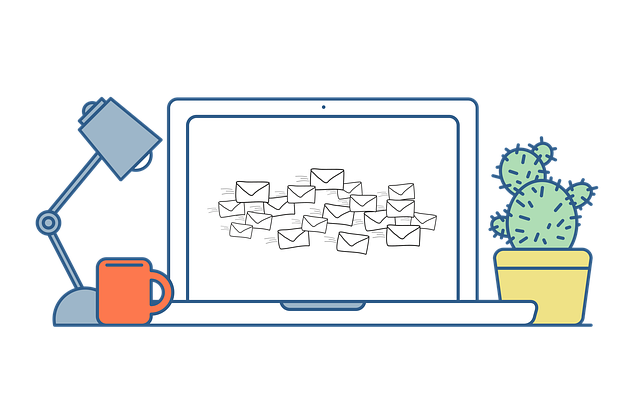In today's digital age, Artificial Intelligence (AI) and Deep Learning are revolutionizing the culinary industry. Restaurants embracing these technologies experience a significant "AI shift" in operations, boosting efficiency and customer experiences. AI develops intelligent systems to learn and make data-driven decisions, while Deep Learning uses artificial neural networks for pattern recognition and prediction. By leveraging Deep Learning, restaurants can optimize demand forecasting, inventory management, personalized menu recommendations, and staff scheduling, reducing costs and catering better to diverse preferences. Implementing AI requires strategic planning, comprehensive training, effective communication, and ongoing support for a successful transition. The initial step involves assessing current processes and prioritizing tasks based on impact and feasibility, with data collection relying on labeled datasets and robust hardware. Ultimately, this enhances operations, customer satisfaction, and profitability through strategic AI shift planning for restaurant teams.
“The future of hospitality is here, and it’s powered by Artificial Intelligence (AI). As restaurants seek to enhance customer experiences and optimize operations, understanding and integrating deep learning technologies becomes crucial. This comprehensive guide navigates the AI shift planning for restaurant teams, from grasping core concepts like deep learning and its applications in F&B to strategically building the necessary infrastructure. By the end, you’ll be equipped to transform your restaurant into a modern, efficient hub.”
- Understanding AI and Deep Learning for Restaurants: The Core Concepts
- Planning the Shift: Preparing Your Restaurant Team for AI Integration
- Building the Infrastructure: Implementing Deep Learning in Your Restaurant Operations
Understanding AI and Deep Learning for Restaurants: The Core Concepts

In today’s digital era, Artificial Intelligence (AI) and Deep Learning are revolutionizing various industries, including the culinary world. For restaurants, understanding and adopting AI technologies can bring about a significant shift in planning and operations, enhancing efficiency and customer experiences. At its core, AI involves developing intelligent systems that mimic human cognitive functions, enabling machines to learn and make decisions based on data.
Deep Learning, a subset of AI, utilizes artificial neural networks inspired by the human brain’s structure. These networks are trained on vast datasets to recognize patterns and make predictions. In restaurants, Deep Learning can be leveraged for various tasks, such as forecasting customer demand, optimizing inventory management, personalizing menu recommendations, and even predicting staff scheduling needs. By harnessing these technologies, restaurant teams can streamline their operations, reduce costs, and better cater to the diverse preferences of their patrons.
Planning the Shift: Preparing Your Restaurant Team for AI Integration

As restaurants increasingly look to AI and deep learning to enhance operations, successful AI shift planning for restaurant teams is paramount. It involves a multifaceted approach, beginning with assessing current workflows and identifying areas where AI can bring significant improvements. This includes tasks like predictive analytics for inventory management, automated ordering systems, and machine learning algorithms for personalized customer experiences.
Once potential use cases are pinpointed, training becomes the next crucial step. Providing comprehensive training sessions to your team ensures they understand not only how AI technologies work but also their specific roles in integrating them. Effective communication is key; demystifying AI jargon and explaining its benefits clearly can dispel fears and foster a collaborative environment. Regular updates and ongoing support post-implementation are equally vital, ensuring the team stays comfortable and proficient with the new AI infrastructure.
Building the Infrastructure: Implementing Deep Learning in Your Restaurant Operations

Implementing deep learning in restaurant operations requires strategic AI shift planning for team members, ensuring a smooth transition and maximizing benefits. The first step involves assessing existing processes and identifying areas where deep learning models can enhance efficiency. For instance, predictive analytics powered by AI can optimize inventory management by forecasting demand accurately, reducing waste and costs. Additionally, computer vision algorithms can automate food quality checks, detecting defects or inconsistencies in preparation methods.
Once identified, tasks should be prioritized based on their potential impact and feasibility. Training data collection is a crucial aspect, requiring labeled datasets specific to restaurant scenarios. Collaborative efforts between kitchen staff and data scientists are essential for annotating data accurately. With the right infrastructure in place, including robust hardware capable of handling complex computations and secure cloud storage for model deployment, restaurants can harness the power of deep learning to streamline their operations, ultimately improving customer satisfaction and profitability.
The integration of AI and deep learning into restaurant operations represents a significant step towards enhancing efficiency, accuracy, and customer satisfaction. As demonstrated, understanding core concepts, meticulous planning, and robust infrastructure development are paramount to a successful AI shift. By preparing your team, implementing the right tools, and fostering a culture of continuous improvement, restaurants can harness the power of AI to stay competitive in today’s dynamic culinary landscape. Remember that effective AI shift planning for restaurant teams is not just about technology; it’s about empowering employees with knowledge, fostering adaptability, and ultimately, delivering exceptional dining experiences.
